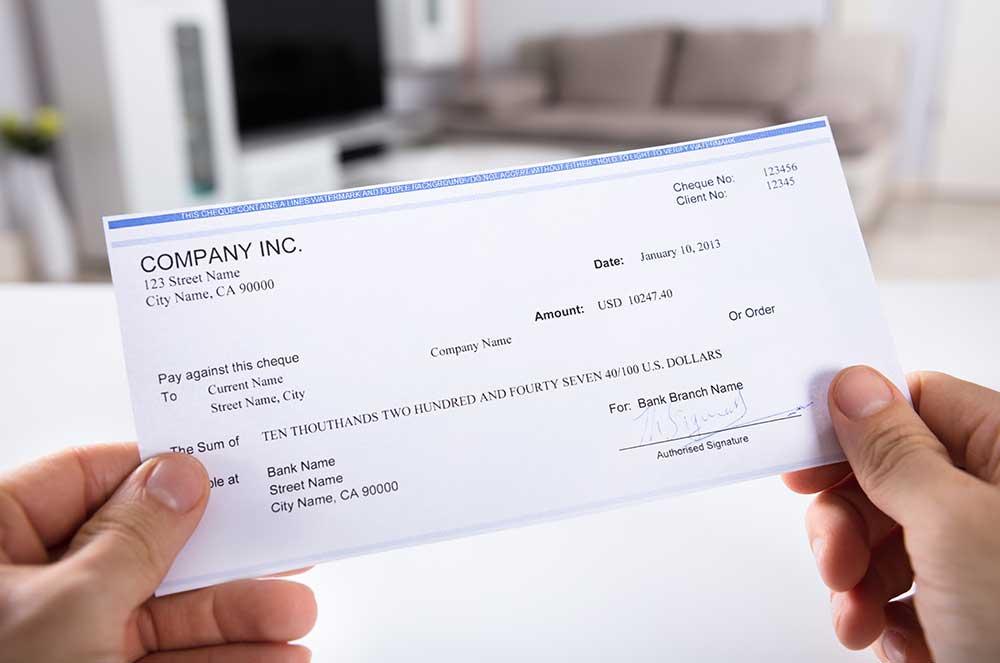
How to Write a Check
How To Write a Check
What Is a Check?
First of all, a personal check is a document. Therefore, the attitude to it must be appropriate. You must learn all rules of preparing for check writing. It is a kind of order. When you make a check, you give your bank a request to take the amount indicated in it from your account and give it to some person or organization.
Preparing For Check Writing
Checks that are used by ordinary people, not organizations, are usually written in the form of a book - there are two-layer checks, when you write out each check in the book, you will have a copy of it. Checkbooks should be purchased in the bank. Books with single-layered checks are slightly cheaper.
Checks are linked to a specific account, the code of which is printed in a special font on each of them. Therefore, if a person has several accounts with which he or she pays for something using checks, he or she must have a few checkbooks. They can have a different design, but all fields and their location in different checks are always the same.
How To Fill Out a Check
Fill the check with ink or a ballpoint pen. Corrections are not allowed. Inscriptions should be made legibly. The signature should be put in the last place. You can ask a banker for a check example.
Check Format
To write out a check, you must follow the proper structure and fill the fields correctly.
- Your name and address. Your name and your address will already be printed on the check.
- The name of the recipient of the check - the person to whom it was written out. Here you must write the Name and Surname of the person or the name of the company, for example, John Smith or Smith & Wesson Company.
- The amount in figures. Cents must be separated by a dot: 50.00 or 1234.56
- The amount written in words.
- The name of your bank and its address is always printed on the check.
- Purpose of payment. It is possible not to fill this field.
- Your signature. The signature on the check means that you confirm and authorize payment.
- Check number. It is always already printed. This number is important if you maintain a register of written checks.
- Account Number. It is always printed on the check in a special font.
- Bank Routing Number. This is the unique code of your bank. Each bank in the United States has a unique number (sometimes several ones).
How To Cancel a Check
You can cancel the written check only if the money has not yet been received. To do this, there must be a reason that the clerk of the bank will have to explain. The reason may be a loss of the check by the recipient or not providing you with the service or product you paid for. Stopping payment by check is a paid and rather an expensive service, the bank will charge you for it from 10 to 30 dollars.
To Cancel a Check, You Must:
- Find a copy of the check in your checkbook, note in the check register, or print a copy if you made the payment online.
- Contact the bank, as soon as possible. Often this can be done by phone or online (if your bank allows it). Tell the account number, check number, the amount, the name of the recipient (or the name of the recipient company), and the reason for the cancellation. You can also come to the bank and ask the consultant to stop the check by giving him or her a copy of the check and a document proving your identity. Explain why you want to stop payment.
- Be sure to save the information about the canceled check, as well as the date of cancellation.
In fact, there is not a complete cancellation of a check, but a suspension of payment. It usually lasts six months, after which the recipient can receive your money. After six months, you can come to the bank again and suspend the check for another six months. If you lost a checkbook, it is better to close the account and open a new one. These recommendations can help understand you where to sign a check and how to fill all fields properly.